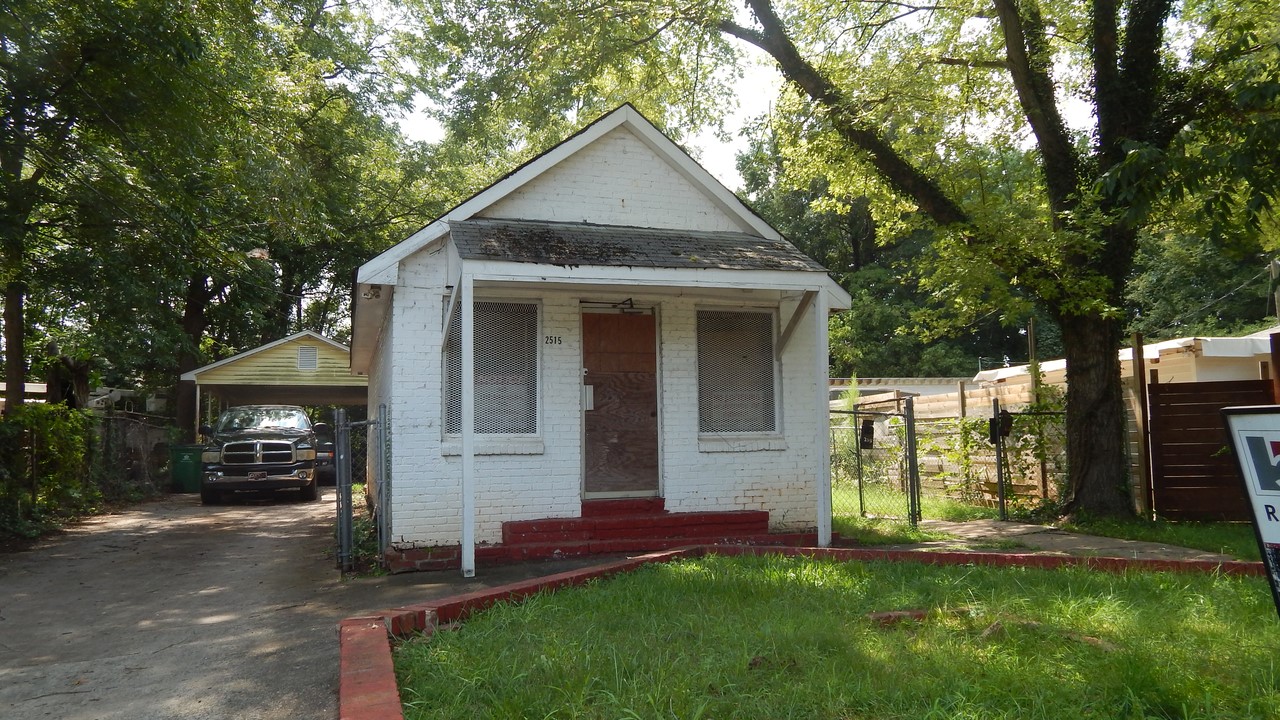Project Description
Patterson-Logan Grocery Store, Washington Heights Neighborhood named for Booker T. Washington and on Booker Avenue, also named for Booker T. Washington.
2515 Booker Avenue, Charlotte , NC 28216
- 1925
Historical Context:
“This building is an artifact,” he said. “It can be used to tell all kinds of stories of what the world was like to live in.”At the time, Charlotte was still segregated and operating a grocery was one of the few ways Black men could own a business. Neighborhood stores like these were common in streetcar suburbs, like Washington Heights, Morrill says. They were convenient options, and the Logan-Patterson Grocery Store even delivered by bike to those nearby. “They’re not just cute little places. They were fundamental businesses.”
The Patterson-Logan Grocery Store in the Washington Heights Neighborhood is one of the few surviving buildings of its type in Charlotte. African Americans owned and operated grocery stores throughout the black residential enclaves of the city in the first half of the twentieth century. Most were destroyed after legal racial segregation was dismantled in the 1960’s. Black entrepreneurs had limited opportunities to own businesses in the Jim Crow South. They could be lawyers, dentists, and doctors. They could establish insurance agencies and sell real estate. They could operate barber shops, hair salons, and funeral homes. They could be peddlers or artisans, such as bricklayers, plasterers, and carpenters.
Grocery stores, like the Patterson-Logan, were also a mainstay of black entrepreneurship in racially segregated Charlotte. A book published in 1915 highlighted Charlotte’s black businessmen. It listed twenty-four proprietors of black-owned grocery stores. In February 1930, more than one hundred “negro merchants” gathered at a banquet to protest what they regarded as unfair competition from chain stores. Many of the attendees were grocers. “Local grocery stores,” writes historian Lisa Tolbert, “were the most common small business run by black merchants.”
Grocery stores in black neighborhoods were special places for their patrons. Black grocers were convivial people, and they had to cater to the distinctive eating habits of African Americans. Customers could walk into these establishments to purchase all kinds of foodstuffs. They could also have groceries delivered to their homes, usually by bicycle. Fatback. Ham hocks. Pigs’ feet, sometimes pickled. Pork ribs. Black-eyed peas. Collard greens. Turnip Greens. Lard. Corn Meal. Sweet potatoes. Grits. These and other selections supported the casual, personalized approach to cooking that characterized the African American kitchen. Black folks frequented places like the Patterson-Logan Grocery store to buy these items and to socialize with one another.
The popularity of establishments like the Patterson-Logan Grocery Store went beyond the culinary. African Americans felt affirmed and valued there. They knew the grocer. They knew the members of his family. African Americans could relax in the store, talk jovially to one another. There were usually no whites around. During the hot days of summer, it was customary for men and boys to buy a bag of peanuts and a soda drink, sit in cane-bottomed or other kinds of chairs in front of the store, and call out to pedestrians. Going to a grocery store outside the neighborhood could be a very different experience for African Americans. One man remembers the advice he received from his mother when he journeyed out of the neighborhood. “Son, now you going up to the store and get this or that for me, now if you pass any white people on your way, you get off the sidewalk. Give them the sidewalk. You know, you move over. Don’t challenge white people.”
Washington Heights was Charlotte’s first streetcar suburb developed exclusively for African Americans. It was part of a process that historian Tom Hanchett calls the “sorting out” of the city. As recently as the 1880s, Charlotte had been a “salt-and-pepper” place, meaning that blacks and whites co-mingled in all aspects of life, including where they resided. That arrangement began to change in the 1890s. Elite whites used race as a “wedge issue” to persuade blue collar whites and white farmers to resist appeals to cooperate with African Americans in fighting for economic and social reforms.
John D. Belamy, a Democrat candidate for Congress, spoke to mill workers in Charlotte on September 27, 1898. He insisted that the outcome of the upcoming election on the disenfranchisement of blacks would determine whether the affairs of North Carolina would “be controlled by the vicious, or whether they will be put in the hands of the intelligent people of the State – the white people.” Racial separation and “White Supremacy” became the order of the day. This led to the creation of neighborhoods that were composed solely of one race or the other. Deed covenants were placed on property to make sure that African Americans did not reside in areas reserved for whites, like Myers Park, Dilworth, Wesley Heights, and Villa Heights, plus many more.
White real estate developer W. C. Alexander purchased farmland on Beatties Ford Road in 1912 and began laying out streets for Washington Heights. Washington Heights, the realtors claimed, would be a “Delightful Home Place for the Colored Race.” The neighborhood was named for Booker T. Washington, the influential African American educator at Tuskegee Institute in Alabama. Streets in Washington Heights were named for prominent African Americans of Charlotte. Davis Street for Dr. George E. Davis, the first African American professor at Biddle Institute. Tate Street for influential barber Thad L. Tate. A streetcar line terminated near the intersection of Beatties Ford Road and Booker Avenue. People in the neighborhood still call it “The End.” The line provided direct service to the center city.
The Charlotte Evening Chronicle touted Washington Heights as an example of the benefits of racial segregation. “Believing that the growth of the city will eventually encroach on the territory now populated by the colored race,” said the newspaper, “the developers believe that the segregation idea will prove very popular.” One hundred and fifty lots in Washington Heights were sold at auction in one day in June 1913.
A cluster of commercial buildings appeared at the end of the Washington Heights trolley line. Riders returning from downtown Charlotte would often stop to do some shopping at the stores on Beatties Ford Road before walking to their homes in Washington Heights. As the neighborhood grew, more and more residents lived several blocks from Beatties Ford Road. They wanted a grocery store closer to where they lived. This need gave rise to the Patterson-Logan Grocery Store.
Washington Heights was a lively, vibrant place in the 1920s and 1930s. Residents were devoted to advocating for improvements to the neighborhood. In April 1926, Clarence O. Kuester, head of the Charlotte Chamber of Commerce, was invited to speak in Washington Heights about the “essentials of community building.” In 1933, representatives of four civic organization presented the outgoing mayor with a bouquet of flowers in appreciation for his support for upgrading recreational facilities in Washington Heights. The neighborhood had a team that played in Charlotte’s “negro baseball league.” Attendance at games in Washington Heights in July 1933 was 1,904. In October 1931, the Washington Heights Giants played the Greenville. S.C. Spinners for the “negro diamond title of the two Carolinas.” The City of Charlotte opened the West Charlotte Negro High School on Beatties Ford Road in Washington Heights in 1938.
James M. Patterson purchased a lot on Booker Avenue in July 1921. He constructed a large residence on the rear of the lot and a brick store building on the front portion. The grocery store was open for business by 1925. Patterson operated the grocery store until the mid-1930s, when he moved to Cleveland County, North Carolina. The store was rented, stood vacant, and was sold to a new owner in 1940. Walker Logan purchased the property in June 1945 and was the storekeeper until the early 1960s. Knowledge of the more recent history of the Patterson-Logan Grocery Store awaits further research.
The future of the Patterson-Logan Grocery Store is in serious doubt. The owner has offered to donate the now-abandoned building to any party that will move it off site. The owner has placed the property on the market but is considering granting an option to purchase the property to Preserve Mecklenburg.
One might ask why historic preservationists should be interested in the preservation of the Patterson-Logan Grocery Store. Clearly, the real estate market, which focuses almost exclusively upon “highest and best use,” looks upon the building as an impediment to development. Almost every realtor would say: “Tear it down.” The Patterson-Logan Grocery Store is not a refined piece of architecture. But it is a significant historic artifact. It is a rare survivor of an era when individuals operated small grocery stores that served small, localized markets. Even more importantly, it is the only extant building of its type in Washington Heights and in the entire Beatties Ford Road corridor. Finally, the Patterson-Logan Grocery Store illustrates how legal racial segregation affected the nature of the built environment of Charlotte in the 1920s.
Dan Morrill
May 11th, 2020
Learn More on these links:
https://www.charlotteobserver.com/news/business/development/article248156250.html
https://www.charlotteobserver.com/news/local/article243577292.html


